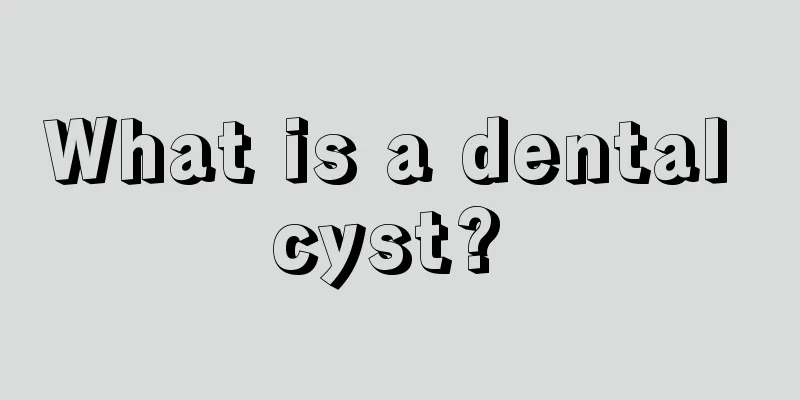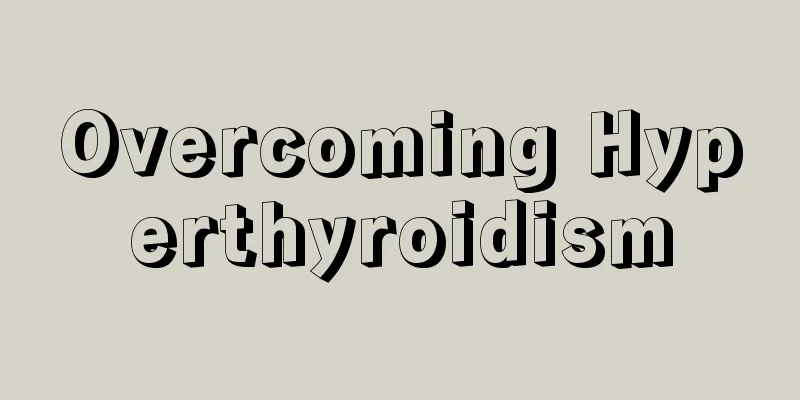What is a dental cyst?

|
Many people may not pay much attention to dental cysts. In fact, this condition is quite common, so the symptoms should be taken seriously. If accompanied by other symptoms, you must pay attention to receive comprehensive examination and treatment to reduce adverse damage. 1. Dentigerous cyst develops from normal dental follicles during tooth development. It is caused by cystic degeneration of the stellate reticular layer of the enamel organ, and the fluid around the dental follicles infiltrates between the crown and the epithelium. It is more common in young patients. It occurs more frequently in the mandible than in the maxilla. 2. Periodontal cysts and dentigerous cysts grow slowly, but they can continue to grow and compress the maxillary sinus bone, causing it to become thinner and displaced, or they can grow directly into the maxillary sinus. A huge cyst can destroy the walls of the maxillary sinus and cause bulges in the cheeks, oral vestibule, hard palate and alveolar process. The tension can cause the eyeball to shift upward and outward, or expand into the nasal cavity and cause nasal congestion. When there is no infection, there is often no typical local pain. 3. Clinical diagnosis can be based on the results of dental examination, maxillary sinus puncture, X-ray (sinus radiography - plain film or injection of contrast agent into the cyst cavity), etc. If there is a bulge in the cheek or oral vestibule, palpation may reveal that there is a smooth and elastic lump underneath, like the feeling of pressing a ping-pong ball or a broken eggshell. 4. Periodontal cysts are more common in older people. They can be single or multiple, and are more common at the roots of lateral incisors. The contents of the cyst are thin and transparent, and some are turmeric or sauce-colored liquids containing cholesterol. 5. Dentigerous cysts occur in younger people and are most common as single cysts. It often occurs on incisors and upper third molars, but can also occur on supernumerary teeth. The contents of the cyst are clear, dark brown or brown liquid containing cholesterol. On X-rays, the shadow of a periodontal cyst shows that the root of the diseased tooth protrudes into the cyst cavity. On the film of the dental cyst, it can be seen that there is a single or several complete teeth or crowns in the cyst, the position of which is not fixed, and the crowns protrude into the cyst cavity. |
<<: What caused a small piece of tooth to fall out?
>>: What to do if you have cavities?
Recommend
Athlete's heart rate
The heart's beating ability has a huge impact...
Brain tumor symptoms you should be alert to
What are the early symptoms of a brain tumor? In ...
Simple yoga moves
Yoga can promote adjustments in all aspects of th...
What disease is it that often causes choking and coughing for no reason? What causes choking and coughing easily?
Coughing is a common symptom in our lives. Many p...
What are the causes of pancreatic cancer
Pancreatic cancer is a malignant tumor that occur...
Be careful if you grow this after the age of 20
With the popularity of the movie "If You Are...
What does white hair on the top of the head indicate
Hair growth comes from qi and blood. When the Qi ...
My knees hurt when I kneel down_My knees hurt when I kneel down
The knees bear a very heavy weight of the human b...
Can Angelica dahurica remove freckles?
When it comes to Angelica dahurica, most people a...
Does thyroid function require fasting?
There are various inspection measures in people&#...
Is it good to take pearl powder internally?
Pearl powder is a very common beauty product that...
What are the obvious symptoms of kidney cysts
Kidney cyst is a relatively common disease. Gener...
Is depression hereditary?
The pressure of life is gradually increasing nowa...
Is it useful to take a cold shower when you have a fever?
We often catch colds and fevers because we all th...
Can breast cancer during pregnancy be cured?
It does not mean that the patient can be complete...









